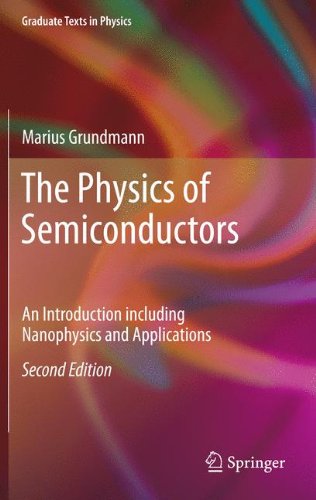

Most ebook files are in PDF format, so you can easily read them using various software such as Foxit Reader or directly on the Google Chrome browser.
Some ebook files are released by publishers in other formats such as .awz, .mobi, .epub, .fb2, etc. You may need to install specific software to read these formats on mobile/PC, such as Calibre.
Please read the tutorial at this link: https://ebookbell.com/faq
We offer FREE conversion to the popular formats you request; however, this may take some time. Therefore, right after payment, please email us, and we will try to provide the service as quickly as possible.
For some exceptional file formats or broken links (if any), please refrain from opening any disputes. Instead, email us first, and we will try to assist within a maximum of 6 hours.
EbookBell Team

4.3
28 reviewsThe Physics of Semiconductors contains ample material for a comprehensive upper-level undergraduate or beginning graduate course, guiding readers to the point where they can choose a special topic and begin supervised research. The textbook provides a balance between essential aspects of solid-state and semiconductor physics, on the one hand, and the principles of various semiconductor devices and their applications in electronic and photonic devices, on the other. It highlights many practical aspects of semiconductors such as alloys, strain, heterostructures, nanostructures, that are necessary in modern semiconductor research but typically omitted in textbooks. Coverage also includes additional advanced topics, such as Bragg mirrors, resonators, polarized and magnetic semiconductors. The text derives explicit formulas for many results to support better understanding of the topics. The Physics of Semiconductors requires little or no prior knowledge of solid-state physics and evolved from a highly regarded two-semester course. In the second edition many topics are extended and treated in more depth. e.g. dopant diffusion, nanowires, recombination in organic semiconductors, multi-junction solar cells, quantum dot and organic LEDs, thin film transistors, carbon-based nanostructures and transparent conductive oxides.